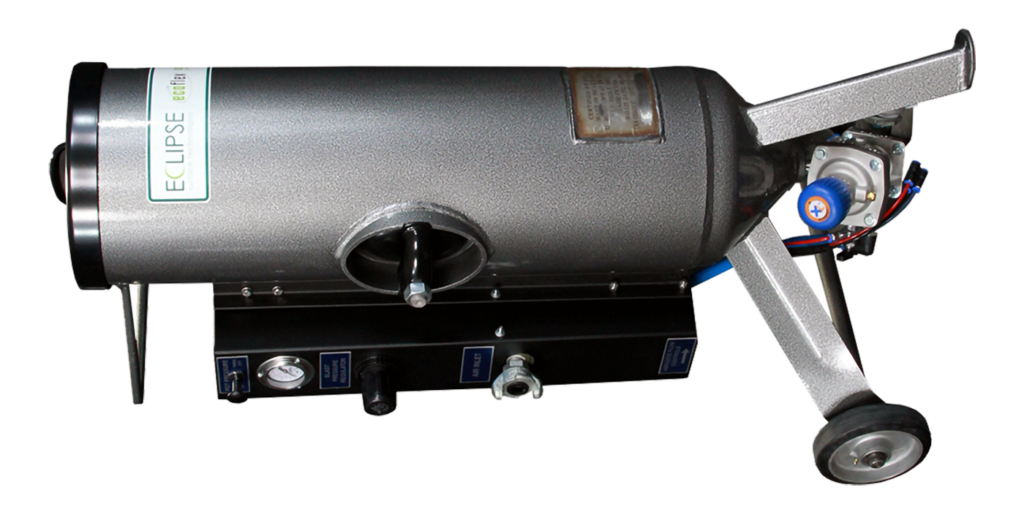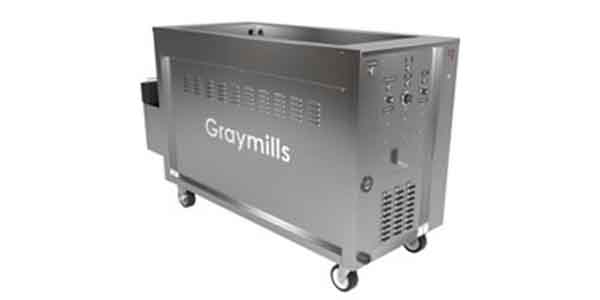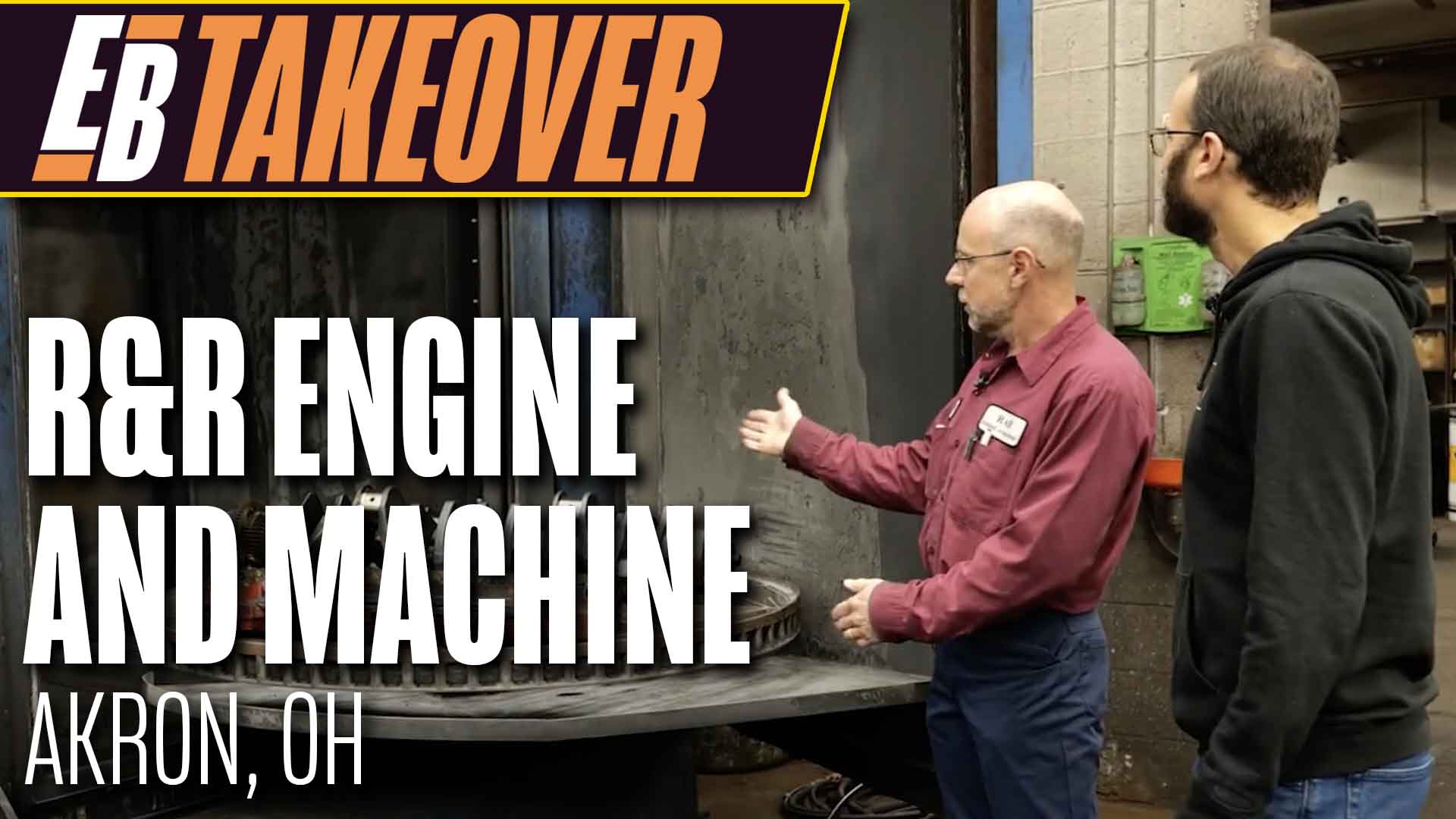Media blasting first came to my attention when I entered the automotive industry as a technician. At the time, I was only familiar with sandblasting, which I thought of as more of an industrial process, but I was immediately introduced to glass-bead blasting, another popular method at the time, primarily for removing paint and rust.
The next thing I saw come down the pike was walnut shell blasting, and soon after, soda blasting was all the buzz in the industry. I was no longer thinking of these methods as individual entities, but realizing how the big picture of media blasting was beginning to emerge. From dry ice to corn cobs to garnet, I realized there was a whole world I was unaware of.
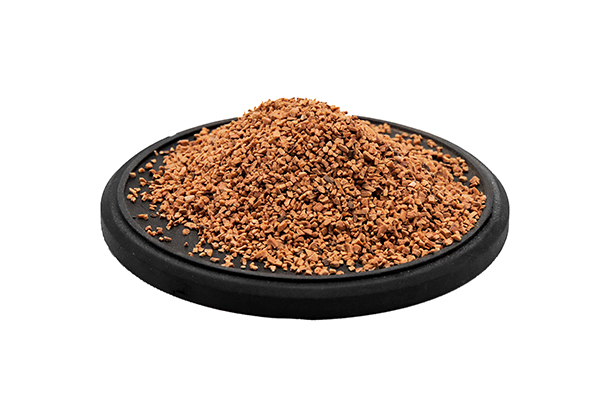
We recently caught up with the folks at ESCA Industries, a turnkey supplier and renter of blasting and specialty cleaning equipment and media, to help us navigate today’s many options. ESCA Industries, which stands for environmentally sensible chemical alternatives, was founded in 1984 in Hatfield, PA. Soda blasting was at the forefront of cleaning and restoration, so naturally, the history of the company involves baking soda blasting.
Working in the food industry, ESCA’s founder worked with ARMEX to determine how soda blasting could be used for sanitation as it relates to food companies. “As ESCA grew, soda was a nice niche, but it wasn’t for everyone and it doesn’t solve all problems, so we started to add different lines of abrasives, harder abrasives and abrasives that can do different functions,” says Jeff Paduano of ESCA. “We grew the company through more products and more equipment to sell.”
Known today by the acronym ESCA and also ESCA Blast, ESCA has grown into a full-service provider of blast media and equipment. “Over the course of our evolution, especially in the last decade, we really evolved into a turnkey surface prep and sandblasting supplier and one of our tag lines is all things blasting,” Paduano says. “We serve multiple different markets including industrial, manufacturing, remanufacturing, government agencies, and contractors.”
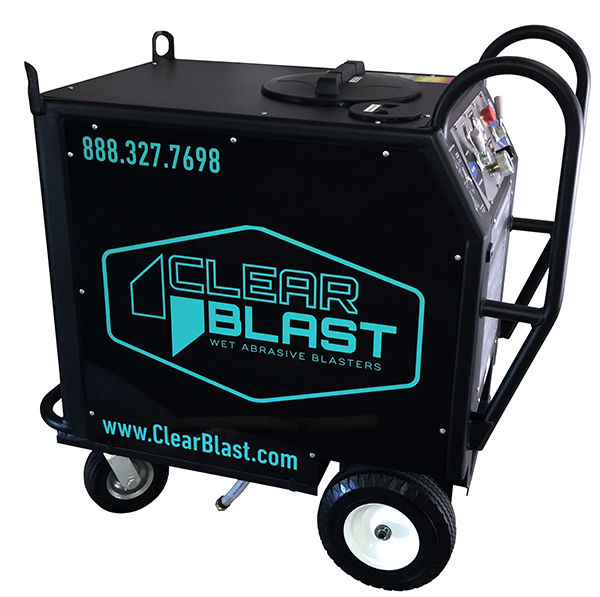
Among the many common uses for the media and equipment that ESCA provides are automobile and antique restoration, graffiti removal, masonry restoration, paint and powder coat removal, and mold, flood and fire damage remediation.
ESCA is strongly focused on customer service, and being a turnkey supplier, customers depend on them to get the right equipment for the application. “In the example of a reman outfit, they might need a blast cabinet to do different types of cleaning or surface prep and they also need the media or the abrasive, so we would provide them both,” he says. “If we’re talking auto body or someone who wants to do mobile blasting, we can provide the blaster, the air dryer, compressor – the whole system.
“On top of that, we provide safety equipment (PPE), and we also supply various accessories, nozzles and parts. You name it we do it. What sets us apart is we are a dedicated surface prep company. We like to stay in the sandblasting lane as much as possible.”
All the different types of media have specific uses, but it can get a little confusing, which is where the experience of ESCA is extremely helpful to the industries they serve. “There’s definitely overlap between all media,” Paduano says. “For example, glass bead is used a lot on stainless steel. Glass bead is a virgin material, and its shape is rounded. Therefore, it’s very good for removing a weld mark. If a halo has developed after welding, it can be removed, and the benefit is that it also peens the stainless steel, which closes the pores on the metal and relieves some surface tension.
“If you’re looking at recycled bottle glass or crushed glass, that is used a lot these days because it’s eco-friendly and budget friendly, and it’s a really good, all-purpose media for removing paint, light-duty rust and things like that.”
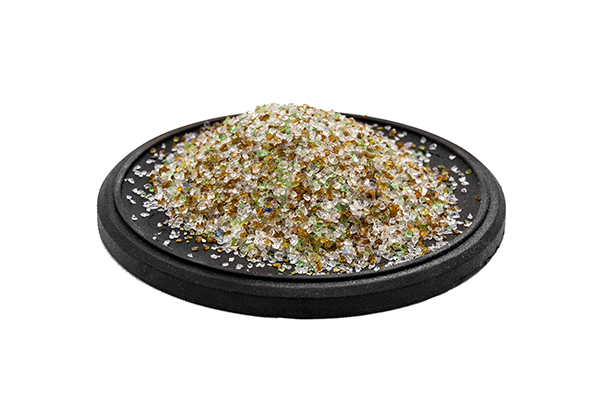
Shape and hardness differ between media types, and if you’re removing something such as a thick epoxy film or something really rusty, media such as garnet or maxi blast will work very well. Despite the many tried and true medias, the industry continues to evolve and find better ways of doing the same task.
“There’s a whole renaissance occurring in the world of blasting,” Paduano says. “Some of the media that was popular for a long time, some of which still is, can lead to environmental and health concerns. Everything from ESCA is environmentally friendly. There’s way more awareness around the impact that toxic media can have. Even on the equipment side, the machines have gotten easier to use, they are more intuitive and they don’t clog up as much. We’re a part of the renaissance offering new solutions.”
One of the newest solutions, called vapor blasting, is equipment that uses water, but not vewry much. It just produces a damp media. The advantage to vapor blasting is it keeps the dust down, reducing it by over 90%. You also don’t have to worry as much about warping, stretching or ruining the metal surface. The water eliminates the friction and heat buildup, so you can do very thin or soft sheet metal work without worrying that it will deform.
Engine building is a segment of the automotive industry that has always been ahead of the curve in media blasting, and no matter the engine shop, cleaning equipment is a common bond. Various part cleaning tanks, steam pressure washers and blast cabinets have always been staple equipment, but the advent of baking soda blasting shifted their use of blast media into high gear. The reasons are many.
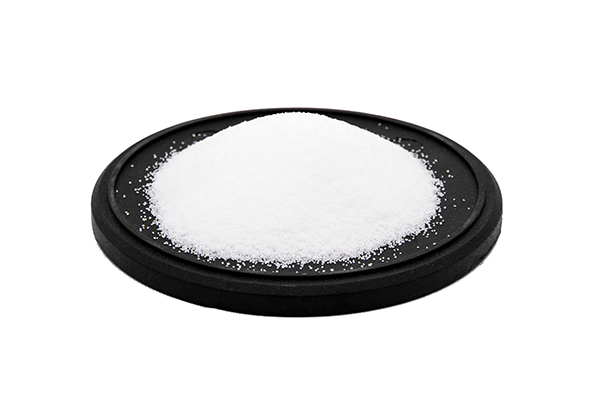
Traditional blast media produces thermal sparks, which can be dangerous. Baking soda won’t spark. Chemical solvents can take many hours to clean engine components, and elbow grease on top of that. Soda blasting is a process that you reserve minutes for, not hours.
Abrasive blasting uses compressed air or water containing a suspended particulate that is projected at the surface to remove everything down to the base material. Soda blasting works the same way, wet or dry, but the advantage is that baking soda is a softer crystal than other medias.
It’s not too soft, however. It’s harder than grease, oil, paint, or carbon, but softer than the underlying material or substrate. Blast media such as sand or glass will immediately begin to blast away the substrate, whereas baking soda will simply blow apart. The parts you are cleaning will have no affects from the process other than being spotlessly clean. In a world where tolerances and measurements are critical, this is a necessity.
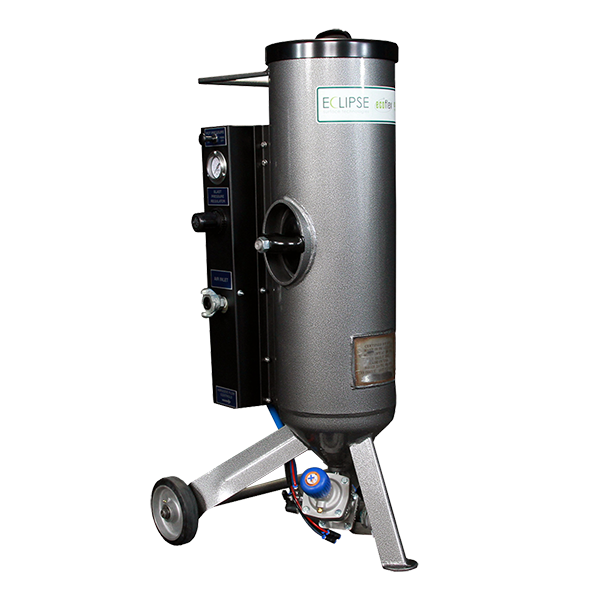
Abrasive blasting with a traditional media such as sand or glass always required thorough degreasing of the component first. This traditional media bonds or sticks to oil and grease which can reduce the effectiveness of your equipment and while it removes the major build up, it may not be as effective for a total clean.
Grease and oil dissolve in an alkaline material and baking soda is a mild alkaline, so when it is used for blasting the particles, it creates an alkaline environment and absorbs the oil and grease like a sponge. The result is grease and oil free components that are spotlessly clean.
Baking soda is also water soluble. The used baking soda can be dissolved in water and the contaminants filtered out, leaving only a liquid solution that can be typically disposed of in a normal sewage treatment system.
Media blasting in general can be messy. If even one single spec of traditional hard media ends up in an engine, it could spell disaster. While cleaning after soda blasting should be no less thorough, if a spec of it hangs on inside the engine, it will simply dissolve in oil or water with absolutely no side effect. This is a major advantage over other medias. But why only take my word on it?
“Even though it’s been around for a long time, we still have a lot of people who have just stumbled upon soda blasting and it’s new to them,” Paduano says. “Soda blasting is one of the first ways where engine builders begin to see how media blasting fits into their process. It can include a couple different steps. You can degrease, remove oil and old paint all at the same time by soda blasting. In many cases, it’s a one-step prep process. Because it’s water soluble, it allows for all the leftover residue to get rinsed away and not leave anything behind.”
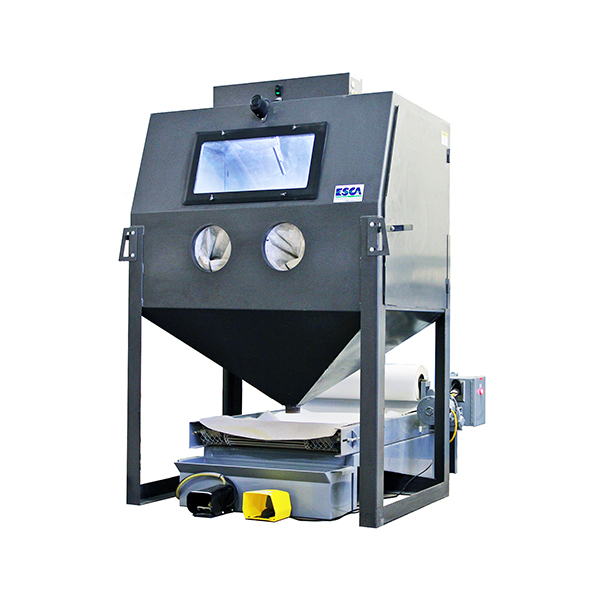
Paduano also pointed out that soda blasting equipment is much improved, and that vapor blasters can accept soda as well, so there are now different ways to approach it. “Beyond soda blasting, vapor blasting has also caught on with engine builders,” he says. “They can get a lot more done because they are using water in the process, so it goes faster. There are also rust inhibitors you can add to the water that eliminate any flash rust.”
Some equipment is even setup to handle multiple medias, which is a new trend. “Maybe someone wants to do soda blasting today and then tomorrow they have a need to do crushed glass blasting,” he says. “The machine doesn’t care what you put into it, it’s just a matter of knowing what your project is and what’s the right approach.”
ESCA specializes in making sure people are using the correct media for the applications they have. In general, the soft metals and any pieces where you don’t want to change the tolerances are really good candidates for soda blasting. Cast iron or more traditional steel are usually blasted with a media such as crushed glass or garnet.
When approached about outfitting an engine shop for media blasting, one of the first things Paduano discusses is the air compressor. “CFM is the most important factor,” Paduano says. “I always start at the air compressor. Nothing else matters. They need to have the proper air compressor, or they won’t get the performance out of the blast system.”
If you’re interested in the media renaissance, ESCA is willing to help. “Where we come into the picture is for people that might be new to blasting or really just want to know more,” he says. “There’s no school you can go to for surface prep and blasting. There’re a couple courses offered, but by and large, it’s on-the-job training and you learn as you go. Our success stems from sharing our knowledge and giving people real solid advice.” EB

